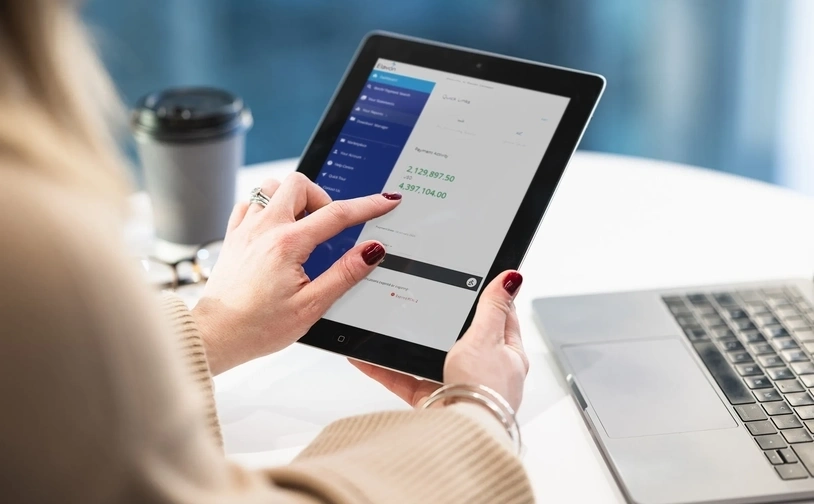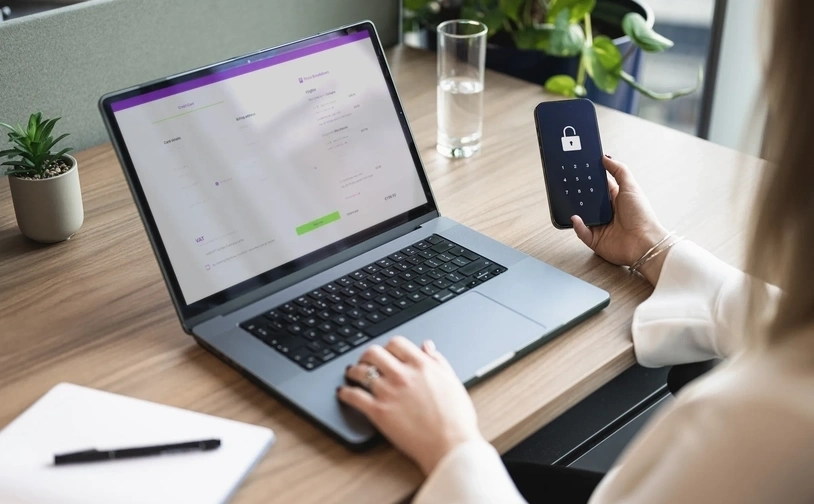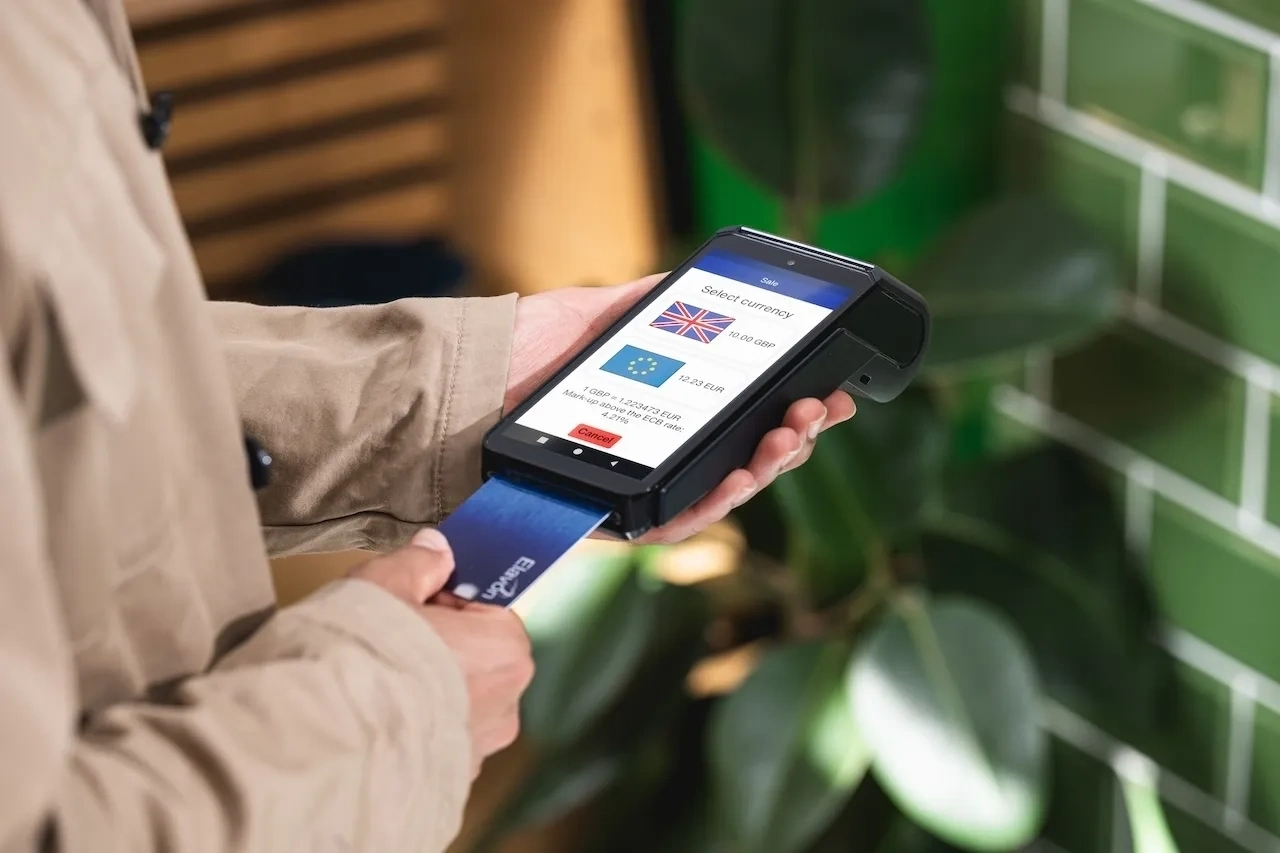How to increase your online average order value
The world of ecommerce is a competitive place. It can be expensive to produce marketing campaigns to reach more customers and increase sales. So why not consider ways to maximise the revenue you’re generating from your existing customer base? That’s where understanding average order value can help.
Average order value (AOV) is the amount of money each customer spends in one transaction at your store. The higher your AOV, the higher your revenue per customer. It can be a useful statistic to understand how your store is performing. You can calculate your store’s AOV using the formula:
AOV = total revenue / total number of transactions
You can also use tools such as Google Analytics to track it over time. Increasing your AOV can be an easy, sustainable way to increase revenue from customers you already have.








